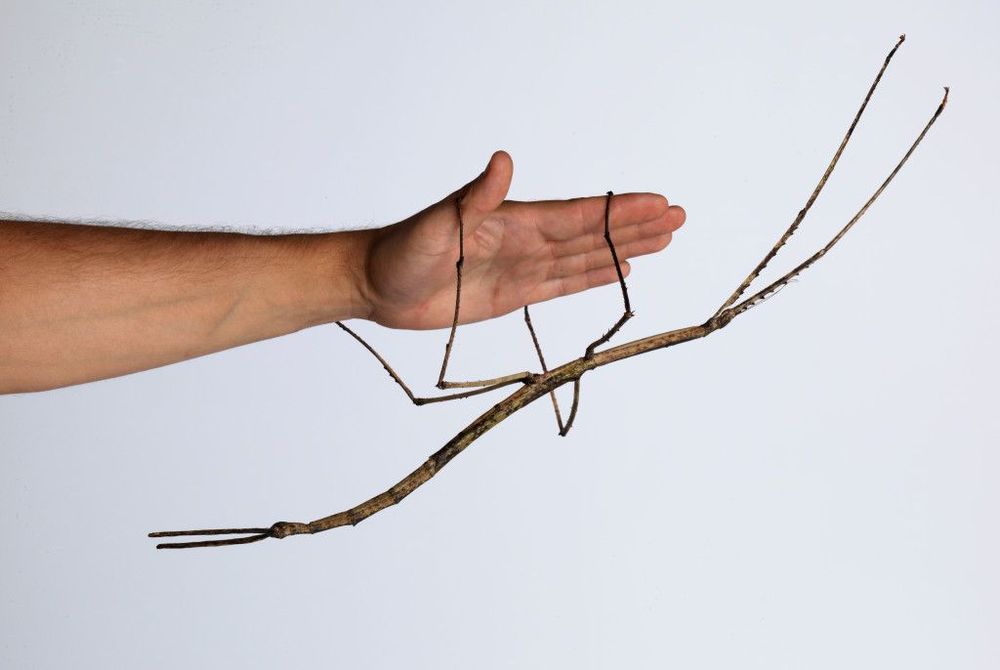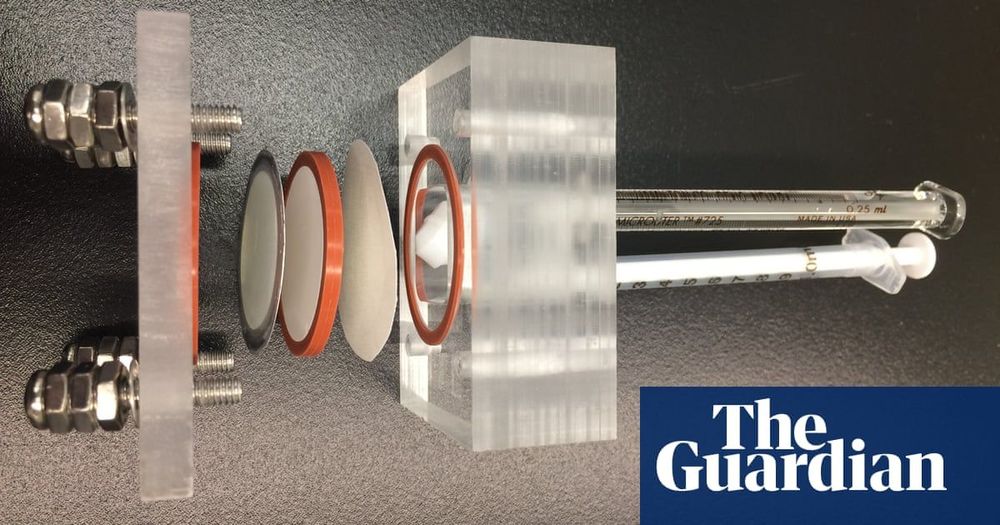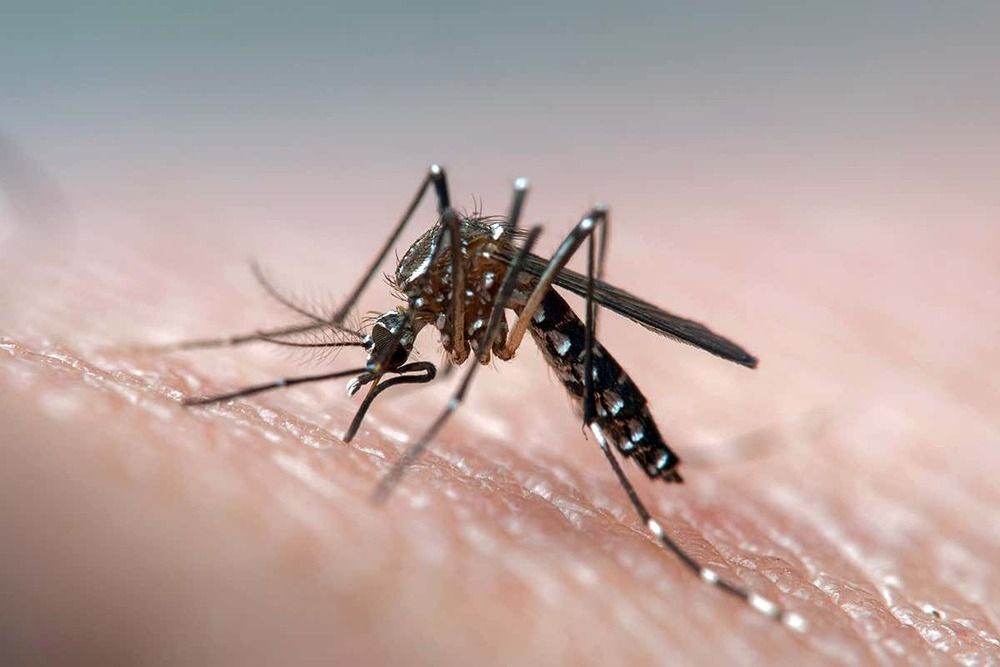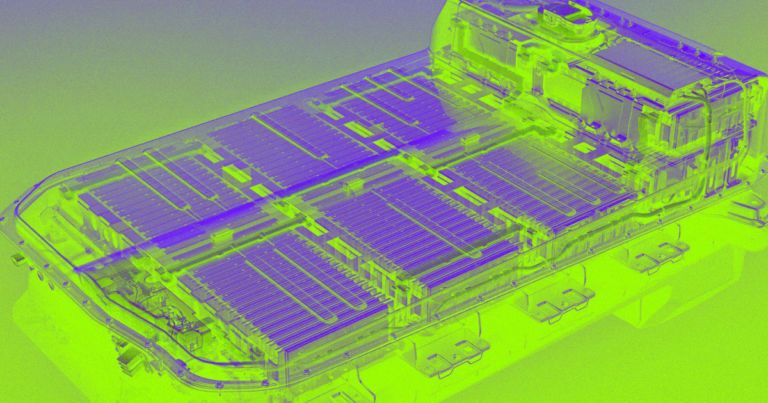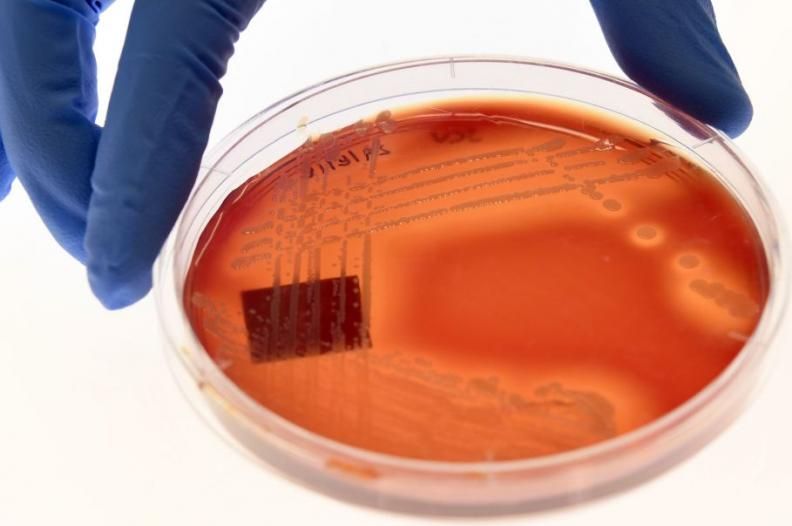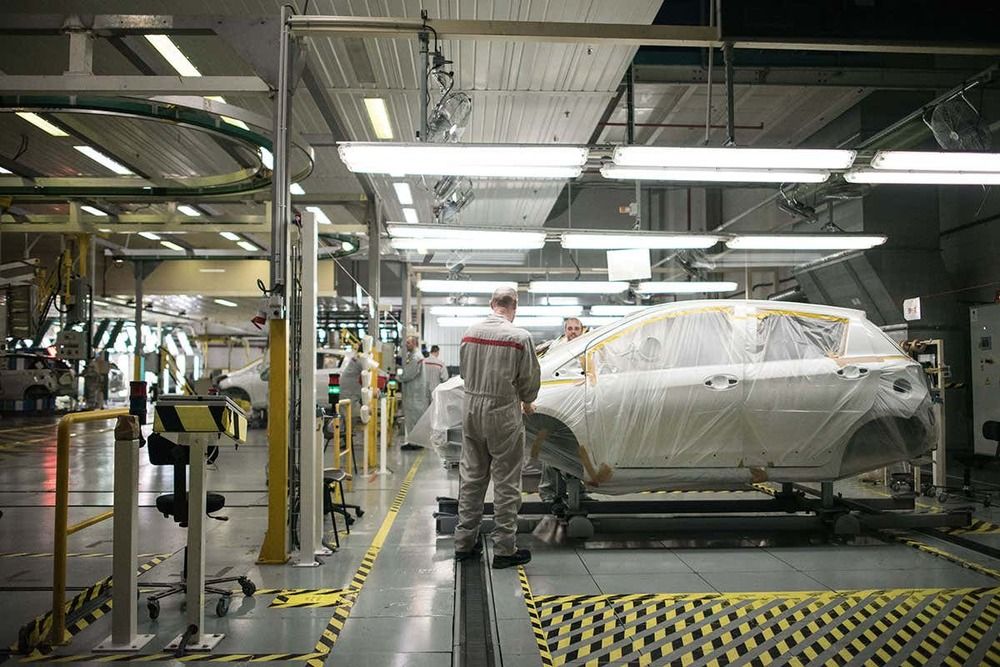Page 8188
Feb 21, 2020
Device inspired by mangroves could help clear up flood water
Posted by Genevieve Klien in category: futurism
Feb 21, 2020
Japan will launch the first-ever sample return mission from the Martian system
Posted by Genevieve Klien in categories: mapping, robotics/AI, space
JAXA, Japan’s national space agency, has just approved a robotic mission to visit the Martian moons Phobos and Deimos and retrieve a small sample from the former to bring back to Earth.
The mission plan: It’s called Martian Moon eXploration, or MMX. JAXA currently plans to launch MMX in 2024 and make it to the Martian system the following year. MMX will spend three years in the system studying and mapping the moons. The mission will make use of 11 different instruments, including a NASA-funded instrument called MEGAE that will measure the elemental composition of both bodies (perhaps revealing signs of ancient water).
The mission will also deploy a small rover to zip around the surface of Phobos, not unlike what JAXA’s Hayabusa2 mission deployed on the surface of the asteroid Ryugu.
Feb 21, 2020
CRISPR safety switch can make cells self-destruct if they go rogue
Posted by Genevieve Klien in categories: biotech/medical, genetics
A genetic tweak can make cells self-destruct in the presence of CRISPR and could be used to shut down cell therapies if they go rogue.
Feb 21, 2020
New Battery Tech Could Double Electric Car Driving Range
Posted by Genevieve Klien in categories: food, sustainability
Current-day EVs generally use graphite anode batteries, which tend to provide shorter range compared to their gas-guzzling brethren, according to the researchers. Silicon anodes, on the other hand, have ten times the capacity — but are much worse at holding their capacity over time.
Frying Batteries
The team, led by Hun-Gi Jung, came up with a way to keep these silicon anodes stable by using “a simple thermal process used for frying food,” according to a statement, which involves the use of water, oil, and starch.
Feb 21, 2020
Home: Apparently people are cool with lumber as an industry, as opposed to lumber as a carbon collector
Posted by Omuterema Akhahenda in categories: 3D printing, habitats, sustainability
Choice is the one thing our creators gave us. Me, personally I prefer hemp, and not just because I smoke the female version for medicinal reasons, but because scientifically it makes sense, and can help unscrew #AmericanFarmers…Yes we need more forests, not less. However, we don’t need to use trees, when we have hemp. Pembient can 3D Print ivory, thus making animal Ivory obsolete, yet people still kill for Ivory. We can make wood products from hemp, yet we still fell trees. #HowDumbAreWe
Eco-Friendly Our hemp is grown using sustainable methods, which helps eliminate deforestation.
Made in the USA All hemp growth and material production is conducted in the United States of America.
Feb 21, 2020
Pembient: For millennia, civilizations have recognized animal horn as a resilient, eco-friendly material capable of being crafted into a wide range of useful and beautiful objects
Posted by Omuterema Akhahenda in categories: biotech/medical, materials
Its timeless appeal is evident globally, from jewelry in Asia to tools in the Middle East to containers in Europe, and beyond. Only in the last century have moldable, petroleum-based plastics overshadowed it. Our mission is to use biotechnology to grow horns larger than animals can produce, thereby unlocking the medium’s full potential…and eliminating the demand for animal ivory.
Biofabricated Horn.
Feb 21, 2020
Researchers may have solved the world’s drug-resistant bacteria problem using artificial intelligence
Posted by Genevieve Klien in categories: biotech/medical, robotics/AI
Researchers at MIT reported Thursday that they have harnessed artificial intelligence to identify a completely new antibiotic compound that killed all but one of the antibacterial-resistant pathogens they tested it on. Drug-resistant bacteria are a large and growing problem, causing 2.8 million infections and 35,000 deaths in the U.S. each year and more in developing countries, STAT News reports. The computer learning model developed at MIT, described in the journal Cell, has the potential to identify many new types of antibiotics.
The researchers named the compound halicin, after HAL, the initially useful, eventually murderous sentient computer in 2001: A Space Odyssey. They also discovered eight more promising antibacterial compounds, two of which appear very powerful. They tried out halicin on mice and plan to work with a nonprofit or drugmaker to see if it’s effective and safe in humans.
The MIT team’s machine-learning model independently looked for certain properties — in this case, the ability to kill E. coli and not harm humans — among about 2,500 molecules in a drug repurposing database. Halicin was originally considered as a treatment for diabetes.
Feb 21, 2020
Robots are taking manufacturing jobs but making firms more productive
Posted by Omuterema Akhahenda in categories: employment, robotics/AI
Robots are replacing human manufacturing workers in France, and making companies more productive in the process.
Daron Acemoglu at the Massachusetts Institute of Technology and his colleagues analysed more than 55,000 French manufacturing firms, noting which ones bought robots between 2010 and 2015 and what impacts the purchases had.
